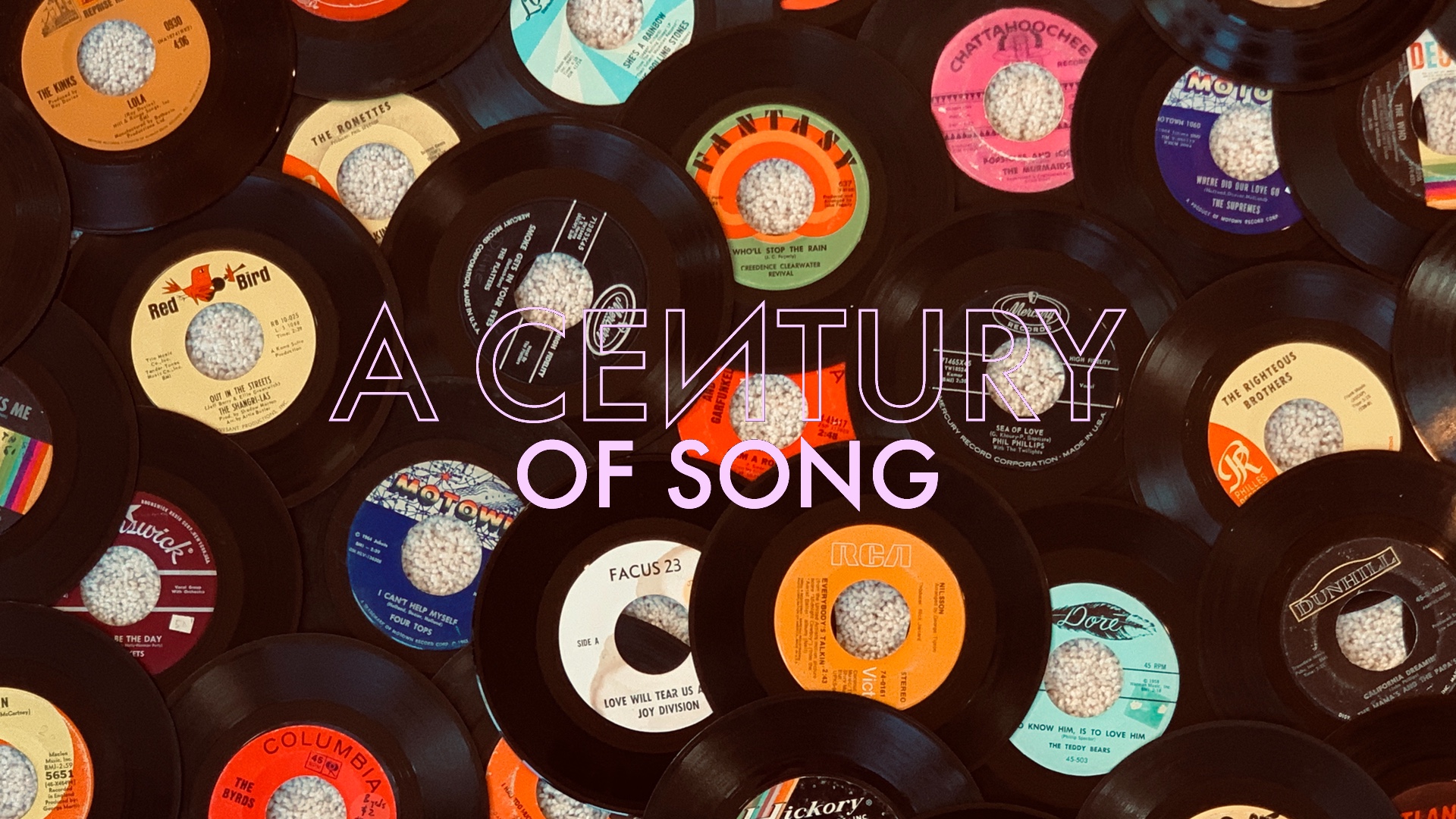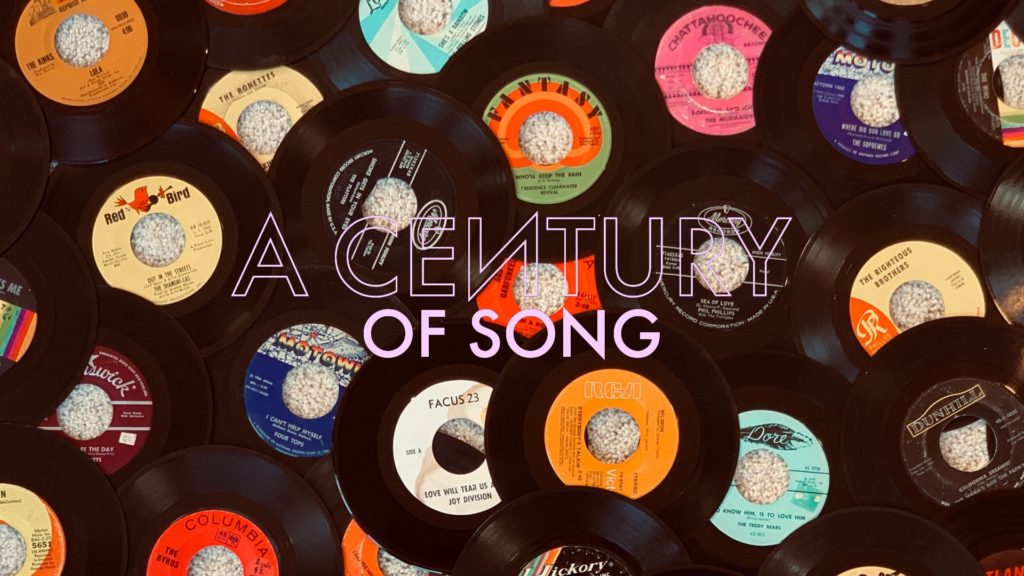
A Century of Song is an attempt to summarize 100 years of popular music through 1000 carefully chosen tracks. Included within this list are landmark singles, stellar album cuts, huge hits, hidden gems, and more than a few personal favorites. Read the introduction for the project here, and enjoy the embedded videos and Spotify playlist.

380
I don’t recall where, but I once remember hearing someone say, “the best Beach House song is the one that you’ve listened to most recently,” implying that there is a sameness about the duo’s songs. While there is a kernel of truth to this – in that the group has typically maintained a similar vibe over the course of their albums – one track stands above all others in their catalog.
Both the first single and opening track from 2012’s Bloom, “Myth” serves as a gorgeous scene setter. Beach House rarely pushes their tempos past the point of languid, but “Myth” has a propulsive quality regardless – its rhythmic sense benefitting from the subtle variations between the song’s verse and chorus sections.
Of course, the real draw for the Baltimore dream-pop group has always been atmosphere. Alex Scally’s cascading guitar work sets a pristine backdrop, and Victoria Legrand weaves the most alluring melody of Beach House’s career. By track’s end, “Myth” has slowly and subtly evolved into their most ornate production to date, and a convincing document of the hypnotic effect of their sound.
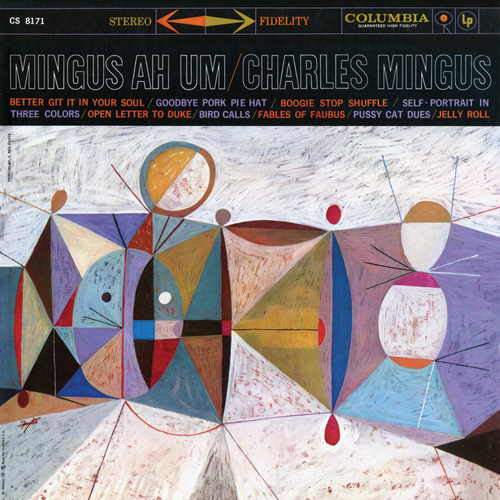
379
Despite possessing a legendarily coarse temperament, Charles Mingus undoubtedly had a sentimental side. This showed frequently in his music, and arguably most convincingly in Mingus’ eulogy to his recently departed friend, saxophonist Lester Young.
The mournful melody of “Goodbye Pork Pie Hat” is carried by a pair of saxophonists: John Handy and Booker Ervin. The rhythm section mostly lays low, allowing Handy and Ervin to do the emotional heavy lifting as a sign of reverence to their fellow tenor. Handy’s fluttering tone at the mid-point of his solo underscores the delicate beauty of the track, and remains a highpoint of Mingus’ catalog.
“Goodbye Pork Pie Hat” was first released on Mingus’ 1959 masterwork, Mingus Ah Um. Though he would return to the track on 1964’s Mingus Mingus Mingus Mingus Mingus (recast as “Theme for Lester Young”), it’s the original 1959 take – recorded just two months after Young’s death – that stands as the most affecting.
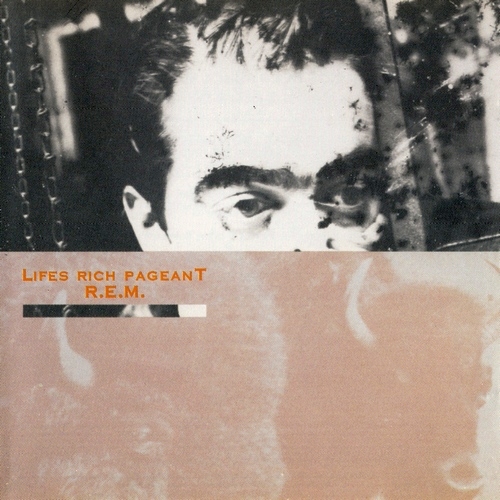
378
Under the guidance of producer Don Gehman, 1986’s Life’s Rich Pageant found R.E.M. adopting both a more muscular sound and a newfound lyrical directness. Released as the album’s first single, “Fall on Me” took a step that would’ve been unthinkable just a few years prior, as Michael Stipe’s lyrics appeared nearly in full in the song’s video.
Despite the clarity of Stipe’s words, the meaning of “Fall on Me” remained as elusive as the less intelligible songs from the band’s earlier albums. Containing allusions to environmental catastrophe and Galileo’s gravitational experiments, the song was as cryptic as it was melodic – a balance that moved the band into a highly-rewarding middle phase between their landmark early work, and the greater commercial successes that followed.
“Fall on Me” also displayed deft use of the ace up the band’s sleeve. Mike Mills had provided effective counterpoints to Stipe’s vocals from the outset of R.E.M.’s career, but “Fall on Me” found Mills practically assuming the role of a co-lead vocalist. His vocals added another intriguing layer to the track, and help to make it one of R.E.M.’s quintessential recordings.
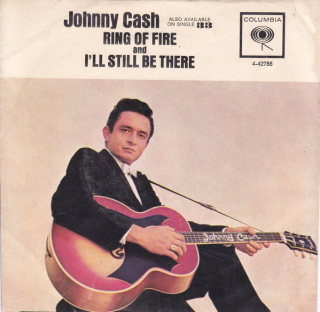
377
In the recent “halftime report” for this project, I cited a few major artists who had yet to make their first appearance on A Century of Song. That short list was compiled by way of a quick scan of the spreadsheet that has served as my organizational tool from the outset. Somehow, I didn’t realize that Johnny Cash was also still waiting to make his presence known.
There’s nothing that I could say to add to (or diminish) Cash’s status as an American icon. Country music may have had more foundational figures, but never one that transcended the genre in quite the same way as the Man in Black. Cash’s influence is felt in rock, hip-hop, punk, and anywhere else where defiance is prerequisite.
While Cash was a fine songwriter, his first track to appear on this list was written by his future wife, June Carter. Carter – who co-wrote the song with Merle Kilgore – first gave “Ring of Fire” to her sister, Anita. Cash would record it later that year, and – in a fit of inspiration – decided to add the mariachi-style horns that give the song its instrumental signature.
“Ring of Fire” was a hit for Cash – one that topped the country charts, and had significant crossover success in the pop market upon its 1963 release. It stands as one of the most iconic tracks in his catalog.
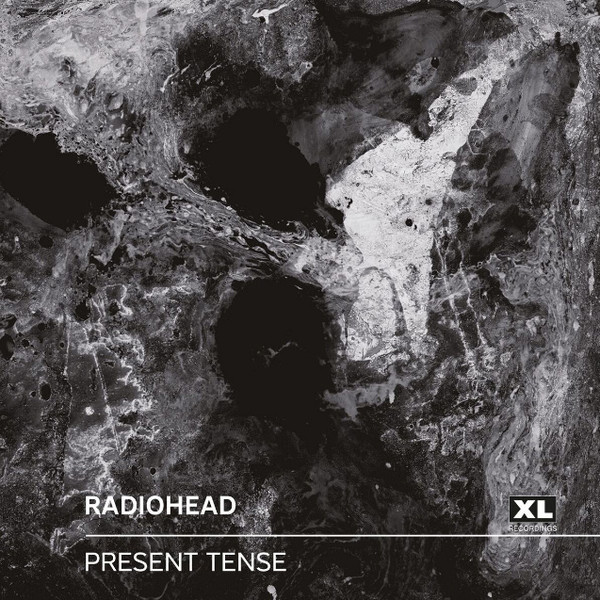
376
There’s an impressive Paul Thomas Anderson-directed video of Thom Yorke and Jonny Greenwood performing “Present Tense” in a scaled-back version. While it helps to confirm the spectral beauty of the song’s composition – and is definitely worth a watch – it doesn’t surpass the take that appeared on Radiohead’s 2016 album, A Moon Shaped Pool.
In the run-up to the release of Radiohead’s ninth album, Greenwood had hinted at his recent interest in Brazilian music. While subtle, this influence can be heard most prominently on “Present Tense” – a song that is vaguely reminiscent of the ethereal, bossa nova-influenced work of MPB artists like Milton Nascimento.
Where “Present Tense” truly earns its place among Radiohead’s greatest work is in its lush production. There’s a contrasting coldness and warmth to the track – one that echoes most prominently through the exquisite choral vocals that arrive in the song’s final verse. While A Moon Shaped Pool may have lacked the primal urgency of Radiohead’s most trailblazing era, it found the band – and Greenwood in particular – brilliantly wielding the nuance of a master’s touch.
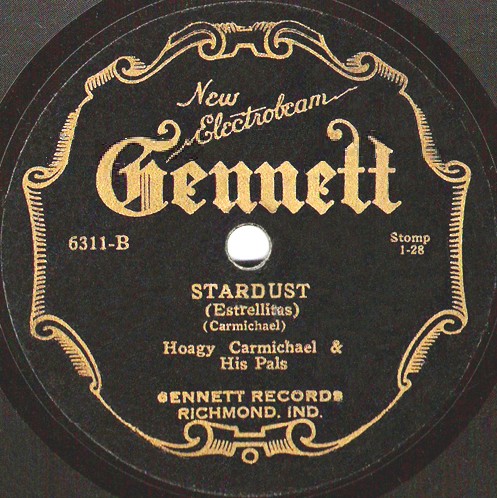
375
Pianist Hoagy Carmichael wrote “Stardust” – his signature composition – in 1927. First recorded as an instrumental with a small combo that Gennett Records dubbed “Hoagy Carmichael & His Pals,” the song would eventually become one of the most beloved jazz standards of all-time, recorded by some of America’s most iconic artists.
Louis Armstrong, Benny Goodman, John Coltrane, Nat King Cole, Willie Nelson, Glenn Miller, and countless others have all paid their respects with wonderful renditions of “Stardust,” but no other version has matched the effortless charm of Carmichael’s original recording. The breezy evocations of the song’s wistful melody are only enhanced by the distant quality of the pre-war recording – adding a hunting dimension to an already dreamy song.
Carmichael himself never quite seemed able to shake “Stardust.” He would return to it time and again throughout his career, as a piano solo, with larger groups, and with his charming vocals singing the lyrics that Mitchell Parish wrote after Carmichael’s initial recording. The Gennett single – included in the video below – is not presently available on Spotify, but there are plenty of excellent takes worthy of holding its spot.
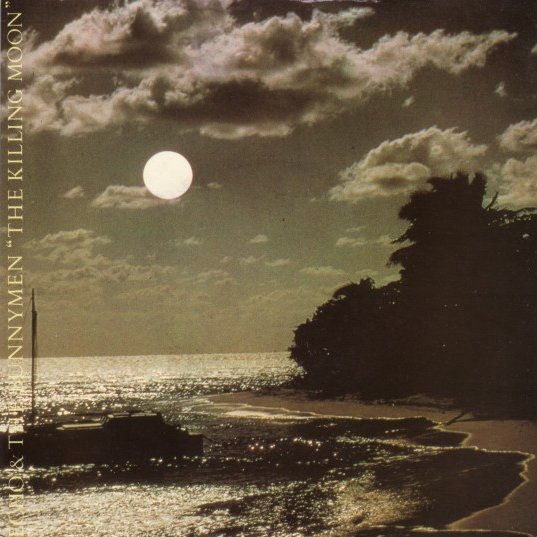
374
One of the definitive post-punk singles, “The Killing Moon” is generally regarded as the career highpoint for Echo & The Bunnymen. The track functions as the chilling centerpiece to the Liverpool band’s 1984 album, Ocean Rain.
“The Killing Moon” creates a dramatic mood with its morose atmosphere and swooping orchestration. There is a darkly nocturnal character to the track – one that is enhanced greatly by its shimmering guitars, pizzicato string arrangement, martial drumbeat, and icy piano.
At the center of “The Killing Moon” is vocalist Ian McCulloch. His cryptic lyrics convey a sense of foreboding – one fitting of the song’s ominous title and shadowy instrumental backing. If nothing else, it’s a track that forces a music writer to exhaust their library of adjectives, and that’s gotta count for something, right?
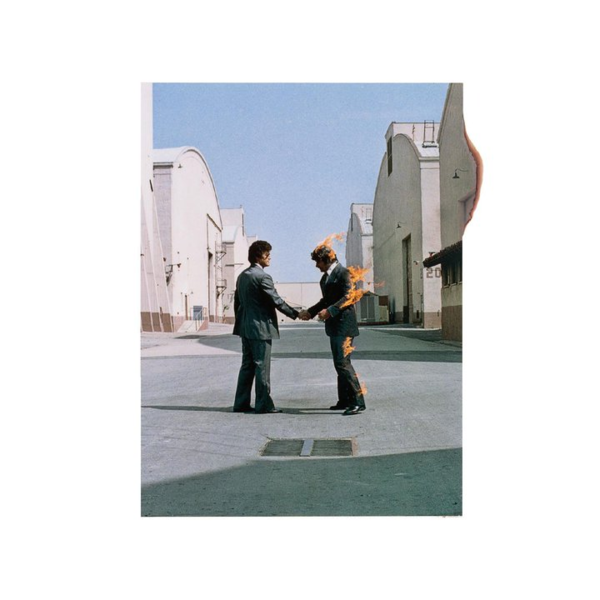
373
Following the whirlwind success of 1973’s The Dark Side of the Moon, Pink Floyd would typically lean into their grander, more conceptual impulses. These tendencies would make Dark Side‘s successor, 1975’s Wish You Were Here, one of the least compromising records to ever follow-up a legitimate blockbuster.
Wish You Were Here was bookended by a pair of epics, in the multi-part “Shine On You Crazy Diamond” suites – written as a tribute to the band’s long-departed founder, Syd Barrett. Between those tracks were three songs of a more modest stature – each of which would become massive radio hits in time. The best of these – and the heart of the album – was the record’s mournful title track.
“Wish You Were Here” is arguably the least proggy thing that Pink Floyd did during the seventies. It’s an acoustic lament – written and sung by David Gilmour – that taps into the band’s folkier side to stirring effect. There’s no bombastic orchestration, excessive length, or high concept: just a beautifully written track and an arrangement that keeps its heartfelt sentiment appropriately restrained.
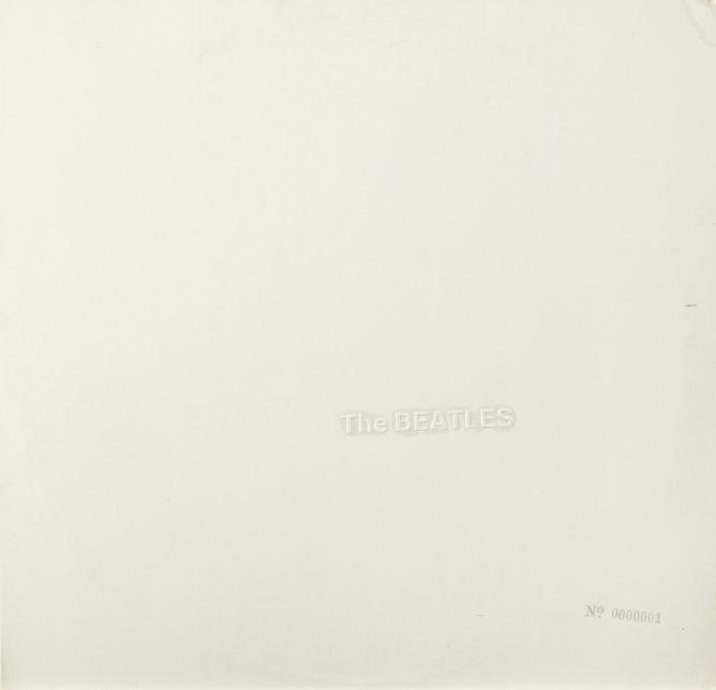
372
George Harrison’s greatest song with The Beatles is also the pinnacle of the band’s gloriously sprawling masterpiece, 1968’s self-titled double-LP. Written as the group was pulling apart at the seams, “While My Guitar Gently Weeps” is a somber track that reflects the tumultuous sessions for the “White Album,” and foreshadows the spiritual reflectiveness of Harrison’s subsequent solo work.
I’ve made by disdain for Eric Clapton known elsewhere – namely in the entry for Derek and The Dominos’ undeniably great “Layla” (#793) – but Clapton deserves credit for bringing Harrison’s composition to life. His lead guitar work undoubtedly provides the “weeping” nature demanded by the song’s expressive title, and it stands as Clapton’s most notable contribution to the canon.
Harrison was continually pushed to the background while in The Beatles – and understandably so, as virtually any songwriter would have paled in comparison to Lennon and McCartney. However, with his stunning trio of Beatles contributions to this list (#719 & #635), Harrison proved that he had become one of the era’s finest songwriters in his own right.
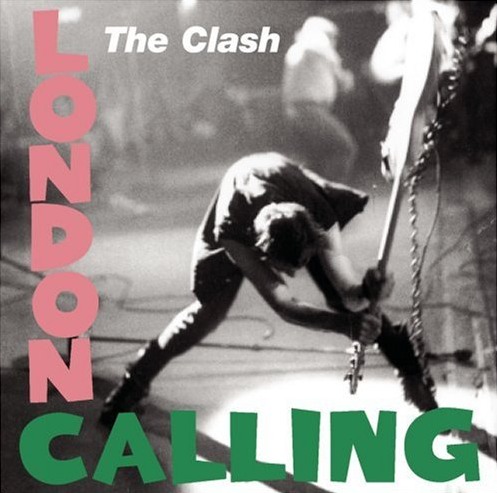
371
Written and recorded during the later stages of the sessions that produced London Calling, “Train in Vain” would appear as an unlisted track on early editions of the landmark double album. While one might speculate that this was a deliberate move by The Clash to distance themselves from their most pop-oriented number to date, it was simply an issue of timing, as the song was completed after record sleeves had already entered production.
Largely composed – and sung – by Mick Jones, “Train in Vain” served as one final left turn on the album in which The Clash obliterated any rulebook that might have existed for punk rock. Jones unleashes an irresistible melody, and a set of lyrics tinged with regret. If these elements weren’t already enough of a selling point, the track’s jaunty rhythm made it even more appealing.
“Train in Vain” gave The Clash their biggest commercial success to date in the United States. Released as London Calling‘s third single, it would reach #23 on the pop charts – unheard of for a UK punk group. While The Clash have tracks that loom larger in their legacy, none are as effervescent and infectious as this one.
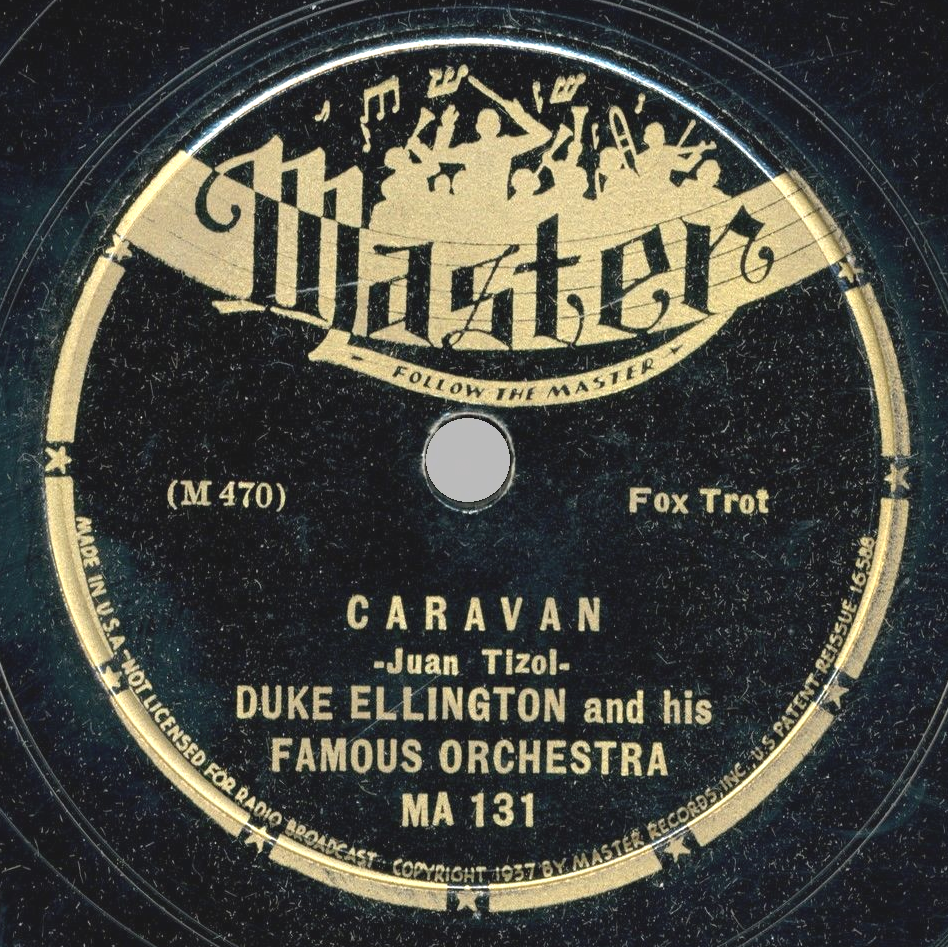
370
In the mid-1950s, much of middle-class white America was entranced by the sounds of exotica – a jazz subgenre that became synonymous with swanky bachelor pads and cultural appropriation. Twenty years earlier, Duke Ellington had effectively created exotica with a pair of groundbreaking singles: “Pyramid” and “Caravan.”
Written with trombonist Juan Tizol, “Caravan” was one of Ellington’s most evocative pieces of music. A deliberate attempt to conjure the sounds of the Middle East, the song would first be recorded by Ellington and members of his orchestra, under the leadership of clarinetist Barney Bigard for a 1937 single on Variety.
Ellington would record his own “Caravan” shortly thereafter – releasing it on Master just weeks after the Bigard version appeared in record shops. Despite a number of strong contenders – including an arresting take on the Charles Mingus/Max Roach collaboration, Money Jungle – it’s the initial version that reigns supreme, though Duke would return to the song dozens of times throughout his illustrious career.
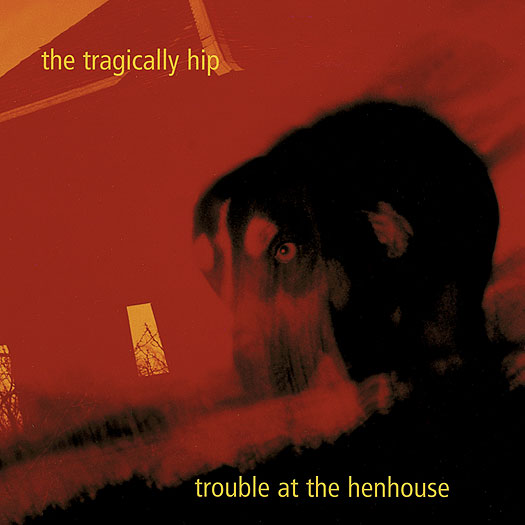
369
Gordon Downie: poet, songwriter, activist, lead singer of The Tragically Hip, and a goddamned national treasure in Canada. Downie died of an inoperable brain tumor in 2017, leaving behind an impressive legacy of captivating songs recorded with and without “The Hip.”
The centerpiece of the group’s 1996 album, Trouble at the Henhouse, “Ahead by a Century” saw Downie dialing down the peculiar “Canadianisms” that would keep his band relegated to mere cult status south of the 49th parallel. On its surface, it’s a song of young love – one delivered with Downie’s characteristic eye for cinematic detail, and one of The Tragically Hip’s most engagingly warm arrangements.
Following Downie’s terminal diagnosis, he soldiered on for one final tour with the group that had – over a thirty-plus year career – become known as “Canada’s Band.” Night after night, the group’s set closed with a lengthy ovation for a man that had – in his impressive body of work – seemingly captured everything that made his nation beautiful, alluring, and terrifying. On the last night of the tour – in the band’s hometown of Kingston, Ontario – Downie said his final goodbye with this, his greatest song.
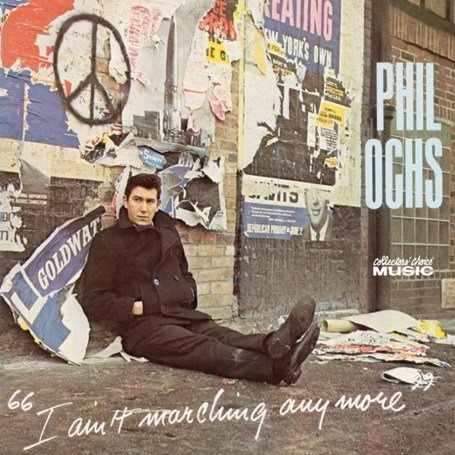
368
As an American history teacher, I’m afforded a lot of great opportunities to incorporate music into the curriculum. One of my standards is using this Phil Ochs track as an accompaniment to the Civil Rights movement. It’s always interesting to watch the faces of fifteen-year-old kids go from mild amusement to outright shock as the seemingly affable folkie levels his increasingly scathing criticisms at a fully deserving target.
“Here’s to the State of Mississippi” is pure bile – written in the wake of the shocking brutality that left three northern activists dead during the Freedom Summer campaign of 1964. Ochs himself had been on the ground registering Black voters in Mississippi when James Chaney, Andrew Goodman, and Michael Schwerner were kidnapped and murdered by Klan-affiliated officers. His reference to the three activists, and other innocent victims of racially-motivated violence – “If you drag her muddy rivers, nameless bodies you will find” – is only the beginning of a song that pulls no punches.
Ochs was a true believer in the role that folk music could play in igniting a movement. His passion, sincerity, and poetry are all on full display in this stunning rebuke of a state – and its corrupted institutions – that unwittingly stood at the epicenter of the 20th century’s defining social movement.
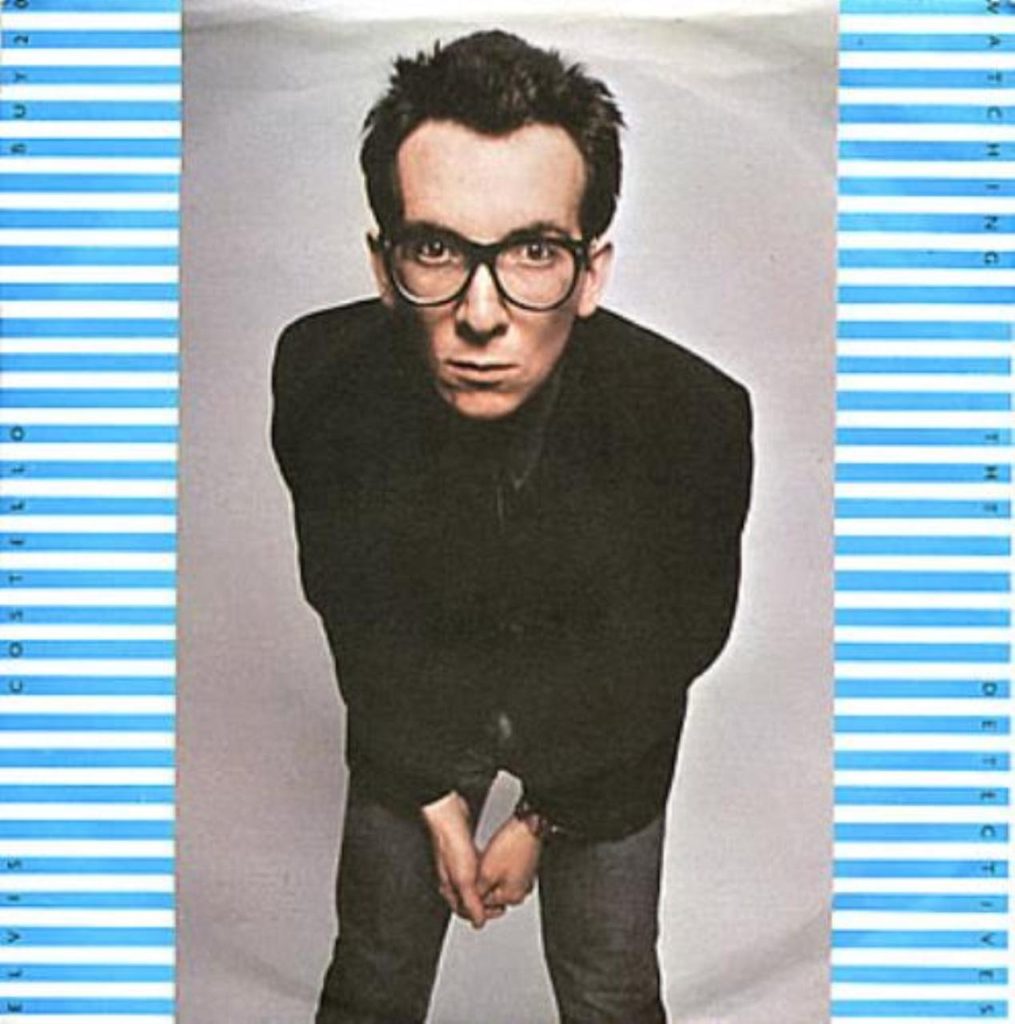
367
Like The Clash before him, Elvis Costello displayed a keen ability to merge punk and reggae with “Watching the Detectives.” Released as a single in late 1977, the song would be appended to the American edition of Costello’s debut album, My Aim is True, and it stands as one of the most captivating tracks in his discography.
One of the first songs to feature Costello’s longtime collaborator, Steve Nieve – soon to become a member of his backing group, The Attractions – “Watching the Detectives” displays a deeper sense of musicality than anything on My Aim is True. Introduced by a loping tom fill and the sinister combination of Costello’s guitar and Andrew Bodnar’s bass, the track slinks along as an ominous complement to the intriguing lyrics.
Already at this early juncture of his career, Costello was proving to possess a chameleonic ability to blend genres. “Watching the Detectives” would be a critical stepping stone on the path to New Wave, and it stands as one of the finest moments in Costello’s catalog.
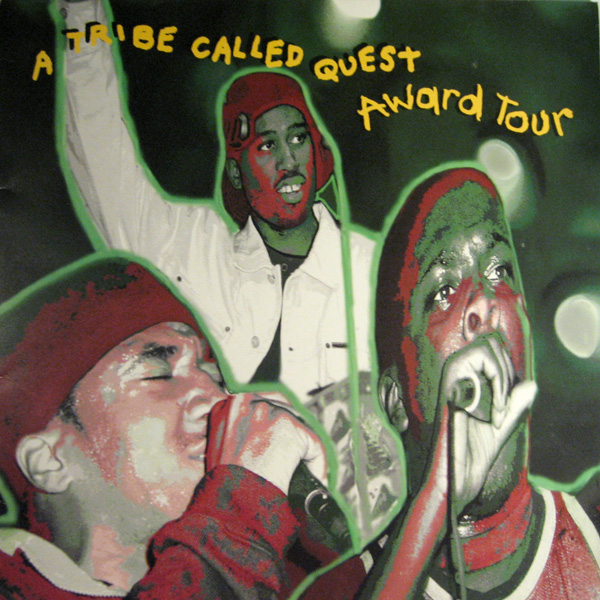
366
On 1993’s Midnight Marauders, A Tribe Called Quest took a turn away from the jazzy instrumentation of their 1991 classic, The Low End Theory, and also found themselves pushing against the tide of contemporary hip-hop. Released at the height of popularity of the West Coast G-Funk scene, Midnight Marauders presented a refreshingly upbeat alternative.
The album’s first single, “Award Tour” features an extended verse from each of Tribe’s emcee’s: Q-Tip and Phife Dawg. It’s a boastful track – one given a celebratory feel by the travelogue chorus provided by De La Soul member Trugoy – but it finds the group backing up their bravado with sharp lyricism and an inescapable hook.
While contemporary hip-hop fans and critics might not have known exactly what to make of Tribe’s commitment to positivity, time has been particularly kind to Midnight Marauders. The album is now regarded by many to be the group’s high-water mark, and “Award Tour” is its most immediately appealing moment.
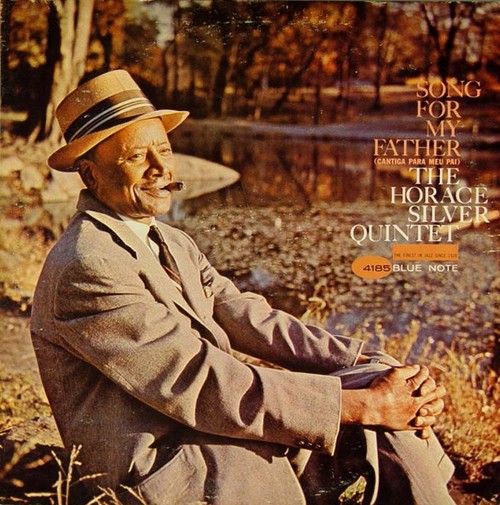
365
One of the most instantly recognizable songs in the jazz canon, “Song for My Father” is Horace Silver’s masterpiece. Built upon Silver’s indelible piano/bass riff – later used as the foundation for Steely Dan’s “Rikki Don’t Lose That Number” – the track has become a jazz standard by way of countless covers and tributes.
Few jazz hooks are as reproducible as the one from “Song for My Father.” It’s that combination of simplicity and effectiveness that has made the track a central part of the Jazz 101 curriculum. For the record, at least some of my fondness for the song is due to the fact that both of my kids played it in middle school jazz band.
Aside from its main hook, “Song for My Father” features a nearly-as-effective horn riff from Joe Henderson (tenor sax) and Carmell Jones (trumpet), and the frequent rests allow for expressive punctuations from the rhythm section. Silver’s label, Blue Note, was at the top of its game in the mid-sixties, and this is one of the absolute pinnacles of their catalog.
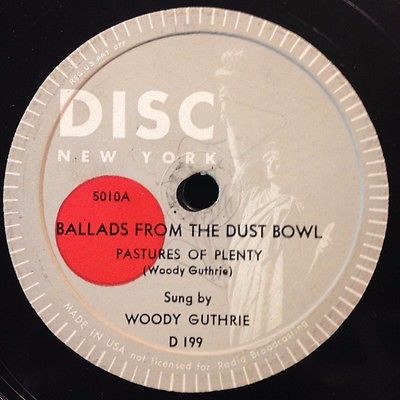
364
On its surface, “Pastures of Plenty” sounds like a song of determination. Written by Woody Guthrie as an anthem for the thousands of Okie migrants who “come with the dust and go with the wind,” the track is proud, insistent, and stubbornly attached to the ‘D’ chord on which it was almost entirely based.
There’s another word that I think better summarizes the mood of “Pastures of Plenty”: defiant. Yes, the Dust Bowl was an ecological disaster, one that created an urgent humanitarian crisis, but this “Dust Bowl Ballad” doesn’t take place in the barren fields of Oklahoma or Kansas. This is a song about the human obstacles that those refugees faced once they found their way to California, Arizona, and Oregon.
The source of Guthrie’s ire should be crystal clear to anyone with even the slightest familiarity with his biography. “Pastures of Plenty” is a callout to the landowners, politicians, railroad bulls, and crooked cops who beat, disparaged, exploited, and dehumanized their fellow man in the pursuit of money and power. Its message may have been specifically tied to a contemporary crisis, but it’s every bit as relevant today.
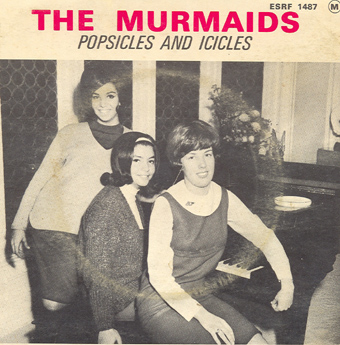
363
There are few girl group tracks more delicate, more ethereal, than The Murmaids’ lone hit single. The last song to hit #1 on the Music Vendor chart before The Beatles landed with “I Want to Hold Your Hand,” “Popsicles and Icicles” is one of the most winsome singles of its time.
Produced by the notoriously sketchy Kim Fowley, and released by the small Chattahoochee Records label, “Popsicles and Icicles” became something of a surprise chart-topper. However, a combination of shady business dealings and bad luck would ultimately conspire to ensure that the song was the group’s sole hit – one for which they received minimal compensation.
Despite the qualified nature of the song’s success, “Popsicles and Icicles” is a quintessential girl group single. While its lyrics are a perhaps a bit too fawning, the track’s drifting melody and gorgeous harmonies – sung by teenaged sisters Carol and Terry Fischer, along with friend Sally Gordon – gave the song a breezy, spectral quality the separated it from rest of the pack.
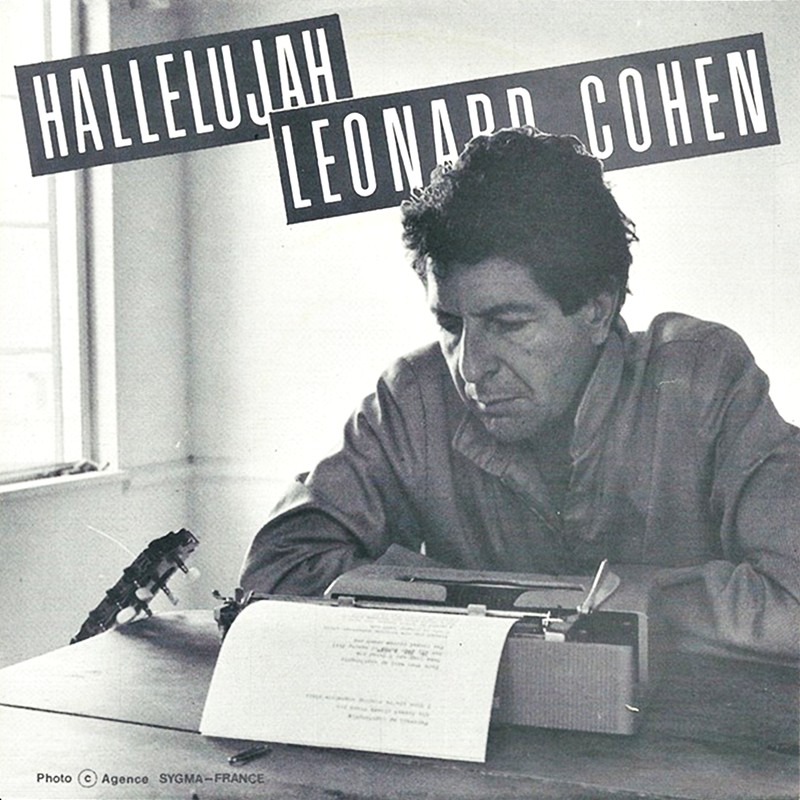
362
Far more complicated than it appears upon first glance, “Hallelujah” has – for many – become Leonard Cohen’s signature composition, despite the fact that it is often better remembered for its cover versions. The centerpiece of 1984’s Various Positions, “Hallelujah” is plenty striking in its original incarnation.
It’s entirely reasonable to assume that listeners who prefer the John Cale or Jeff Buckley – not a fan of the latter – versions of “Hallelujah” are turned off by either Cohen’s drawling vocal performance, or the bombastic arrangement. Cohen’s eighties productions are (understandably) divisive, and at best, something of an acquired taste. However, while Buckley, Cale, and others have tapped into the song’s plaintive qualities, no cover of the song has quite matched the desperation of Cohen’s take.
That sense of exhaustion and exasperation is indicative of Cohen’s battle to complete “Hallelujah.” While legends tell of him writing dozens upon dozens of verses, the struggle can be heard in a resigned performance that some can’t help but hear as dispassionate. Ultimately, it was Cohen’s death – on November 7th, 2016 – that prompted the most poignant tribute to his signature song.
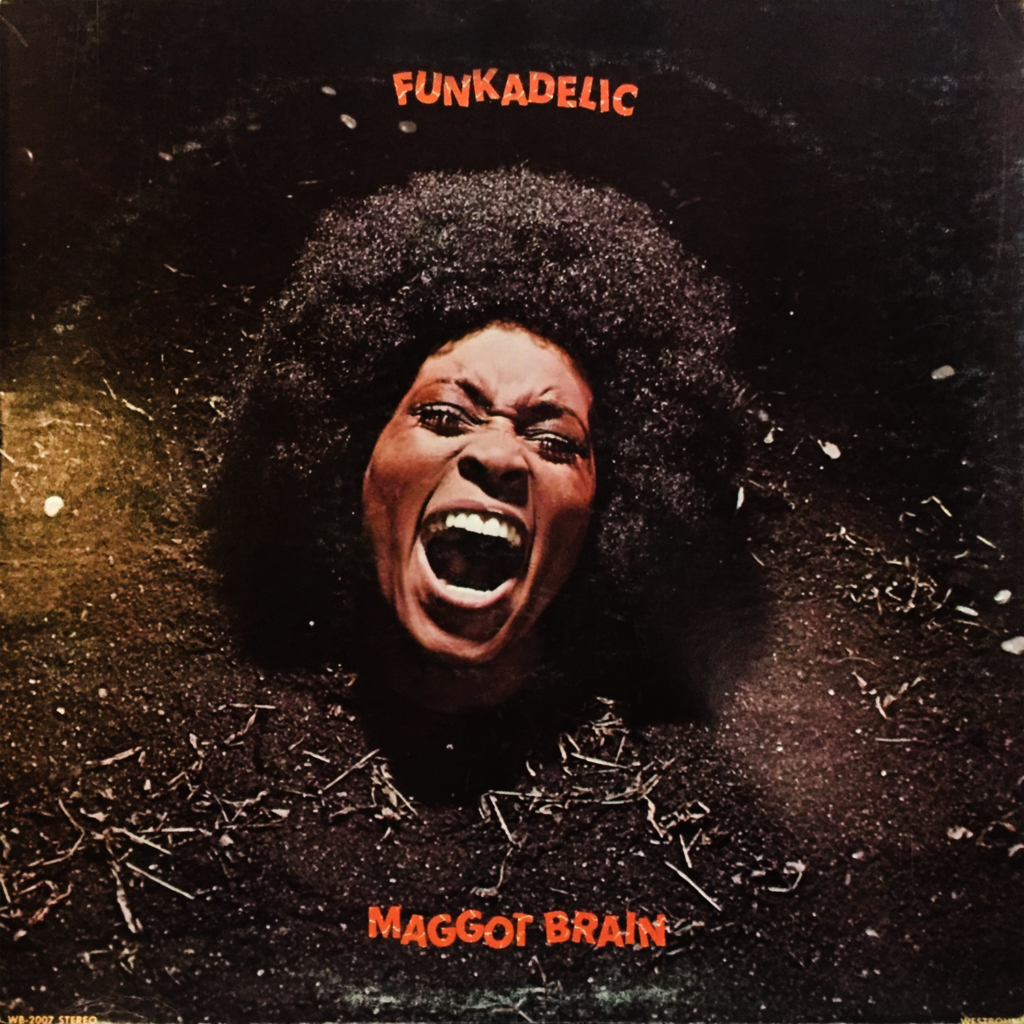
361
How does one go about commanding attention at the beginning of an album? George Clinton’s opening monologue to Funkadelic’s 1971 masterpiece, Maggot Brain, was one particularly effective method. Even still, once you’ve got attention, you need to find a way to keep it. In this case, enter Eddie Hazel.
It’s become such a cliche to bring it up when mentioning the title track to Maggot Brain, but Clinton’s famous instructions to his guitarist bear repeating; “I told him to play like his mother had died, to picture that day, what he would feel, how he would make sense of his life, how he would take a measure of everything that was inside him.” Damn, that’s intense, and Hazel seemed to take it to heart. Following Clinton’s spoken intro, Hazel tears into one of the most powerful instrumental solos – guitar or otherwise – ever captured to tape.
“Maggot Brain” was a decidedly morose introduction to an album that would rewrite the rulebook for funk music. The song’s intensely expressive quality made for a particularly bold point of departure, but rarely has an extended, mostly instrumental track been this utterly compelling.


